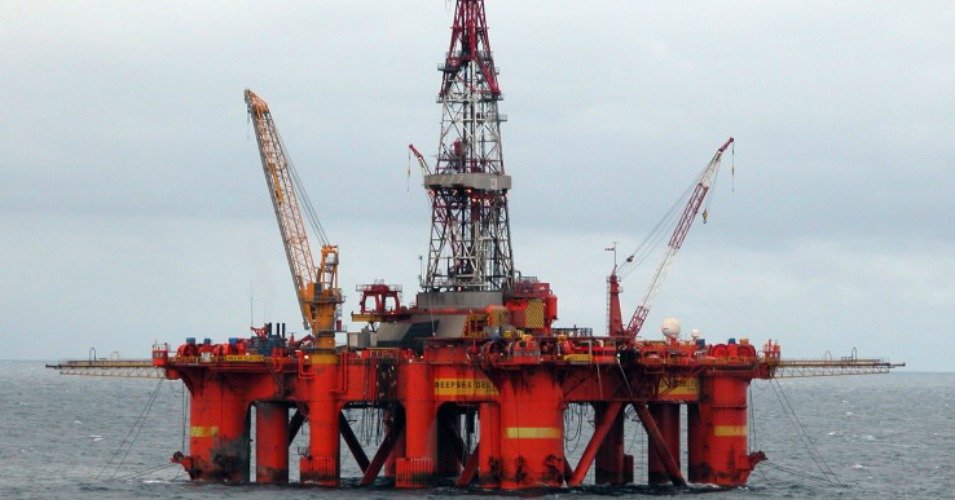The announcement Friday from the U.S. Bureau of Ocean Energy Management (OEM) and the Bureau of Safety and Environmental Enforcement puts an end to a court-ordered ban on offshore fracking in federal waters off the coast of California. The moratorium was put into place in January as part of a settlement with the Center for Biological Diversity (CBD), which challenged the Obama administration's 'rubber-stamping' of offshore drilling activity without an environmental review.
Environmental activists warned on Friday that kicking off a new round of drilling in the area puts wildlife at risk from chemical-laden wastewater and said they would be willing to file another lawsuit to keep it from happening.
"The Obama administration is once again putting California's beautiful coast in the oil industry's crosshairs," said Miyoko Sakashita, director of CBD's Oceans program. "Our beaches and wildlife face a renewed threat from fracking chemicals and oil spills. New legal action may be the only way to get federal officials to do their jobs and protect our ocean from offshore fracking."
Wenonah Hauter, executive director of the environmental advocacy group Food & Water Watch, criticized President Barack Obama for "doubling down on fracking, instead of providing climate leadership and protecting our communities and our environment."
"This move paves the way for offshore fracking permits that were previously frozen and the dumping of toxic wastewater directly into the Pacific Ocean where Californians swim, fish, and surf," Hauter said.
Comment: Fracking wastewater is a toxic stew of carcinogens and neurotoxins. An Environmental Working group report disclosed the following chemicals found in tests of hydraulic fracturing fluids:
Petroleum chemicals, heavy metals and radioactive elements, plus high levels of dissolved solids, are among the pollutants found in fracking wastewater samples tested under the new disclosure program. They include benzene, chromium-6, lead and arsenic — all listed under California's Proposition 65 as causes of cancer or reproductive harm. Nearly every one of the 293 samples tested contained benzene at levels ranging from twice to more than 7,000 times the state drinking water standard. The wastewater also carried, on average, thousands of times more radioactive radium than the state's public health goals consider safe, as well as elevated levels of potentially harmful ions such as nitrate and chloride.
The news comes a year after a pipeline rupture in Santa Barbara sent tens of thousands of gallons of crude spilling onto public beaches and into the Pacific Ocean. The operator of the pipeline, Plains All American, has a history of wreaking environmental havoc throughout Southern California and elsewhere.
And it also follows the recent signing of the historic deal reached in Paris last December to keep global temperature rise under 2°C, a goal that climate advocates say can only be reached by keeping fossil fuels in the ground and investing in renewal energy.
"It's clear that Americans want an inspiring new vision for our energy system," Hauter said. "The president continues to indicate that he is not the person to fulfill that vision. It's a vision that can only be achieved by keeping fossil fuels in the ground and moving swiftly to a system driven by energy efficiency and renewables."




Comment: